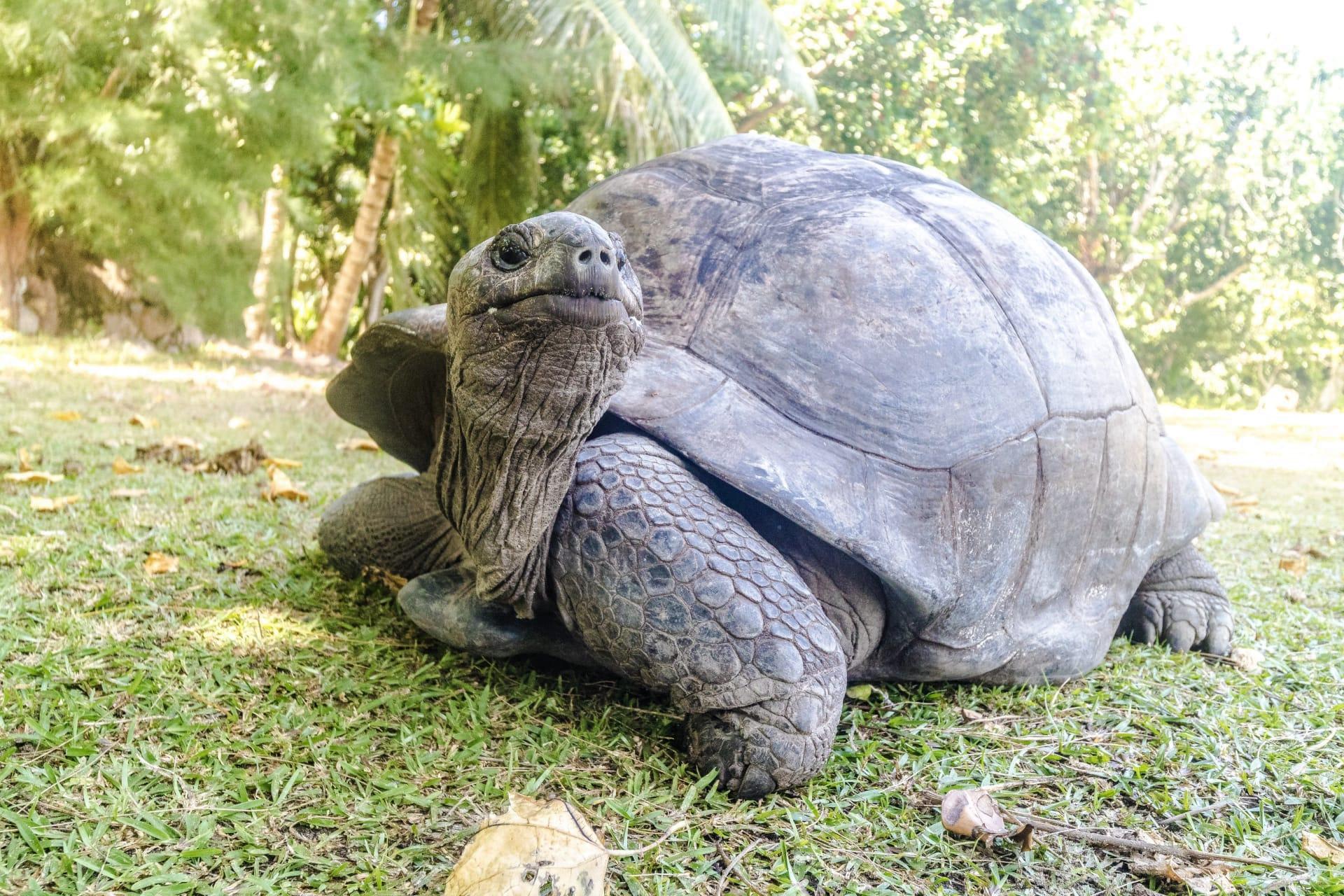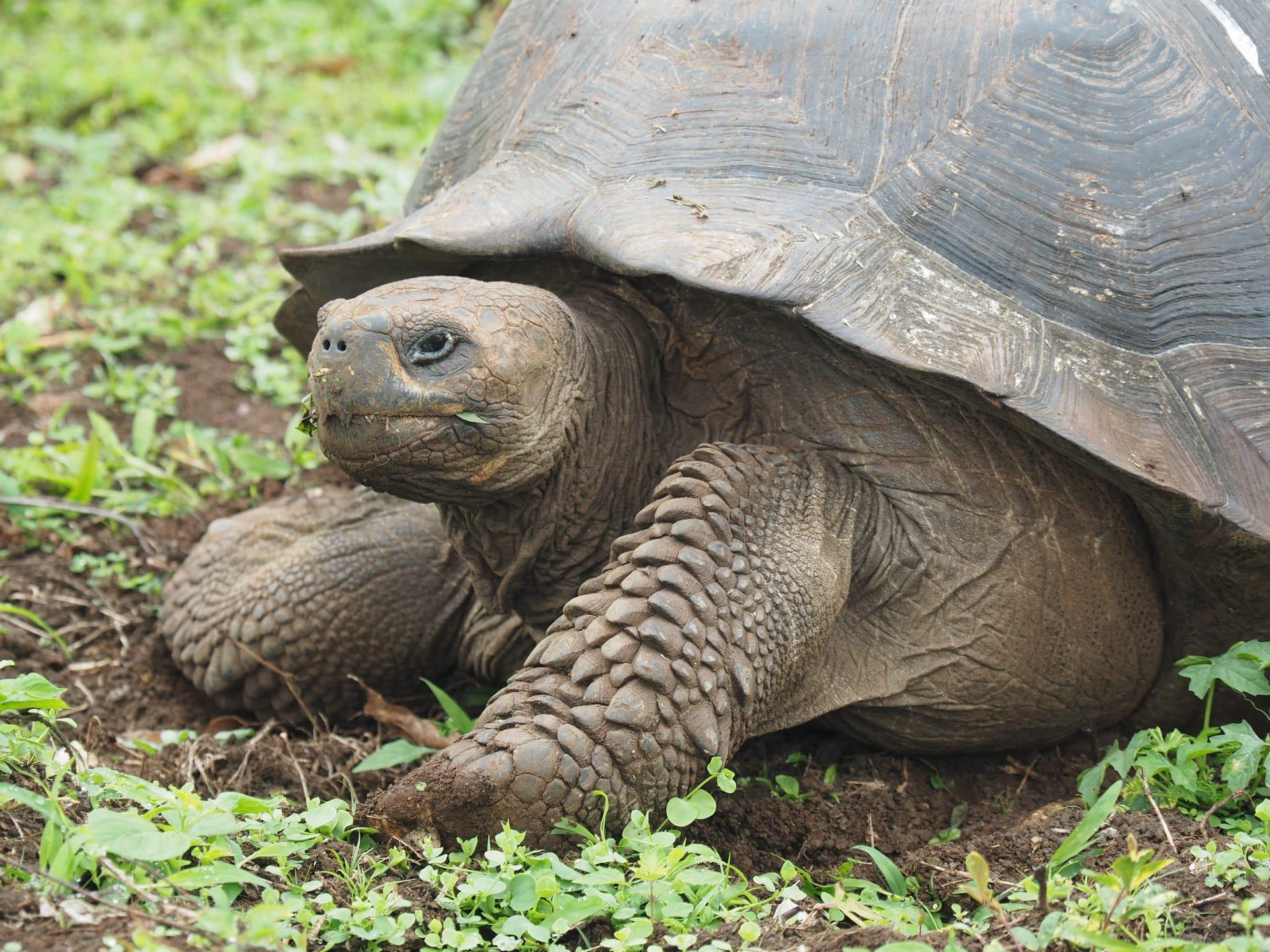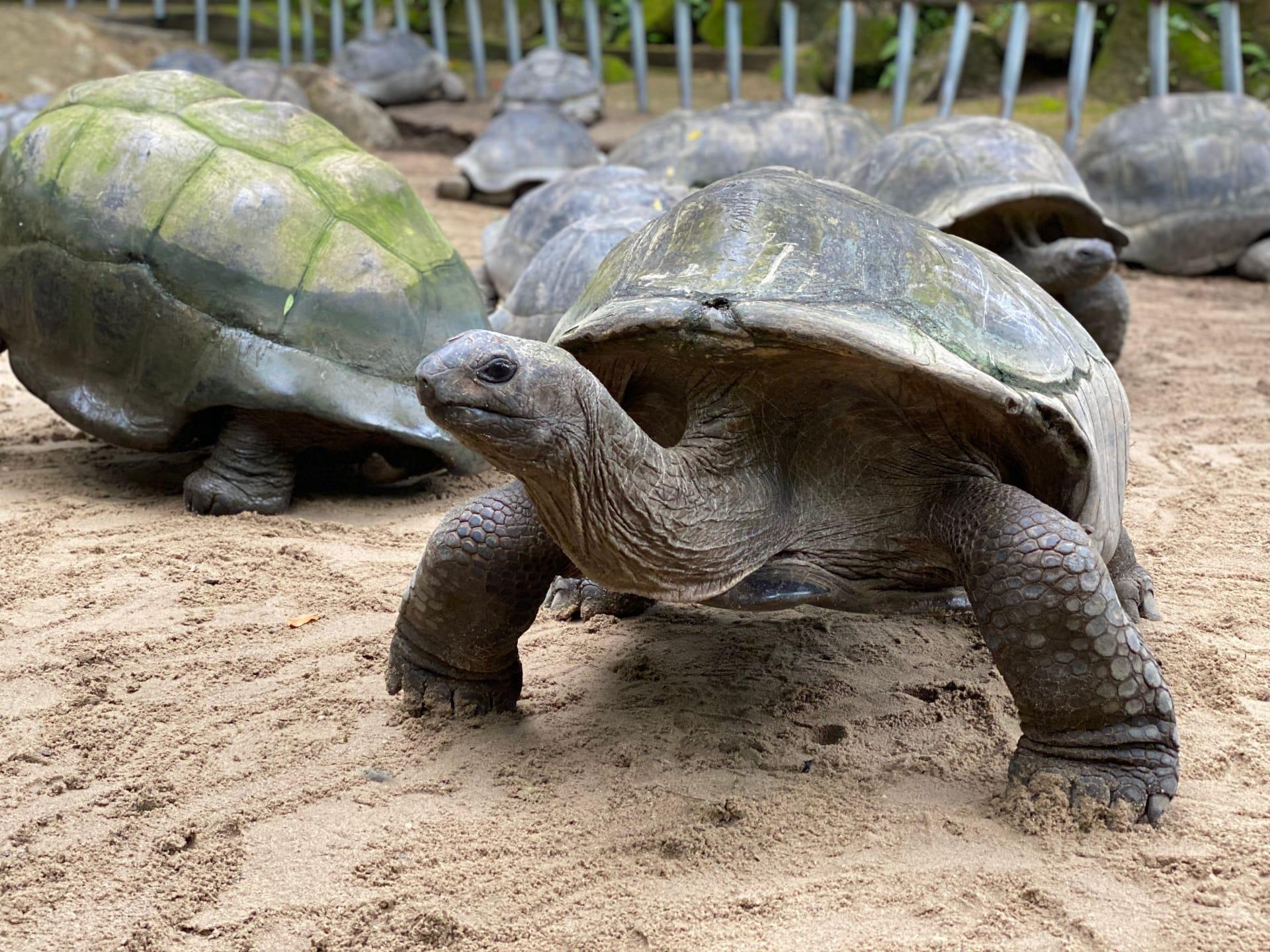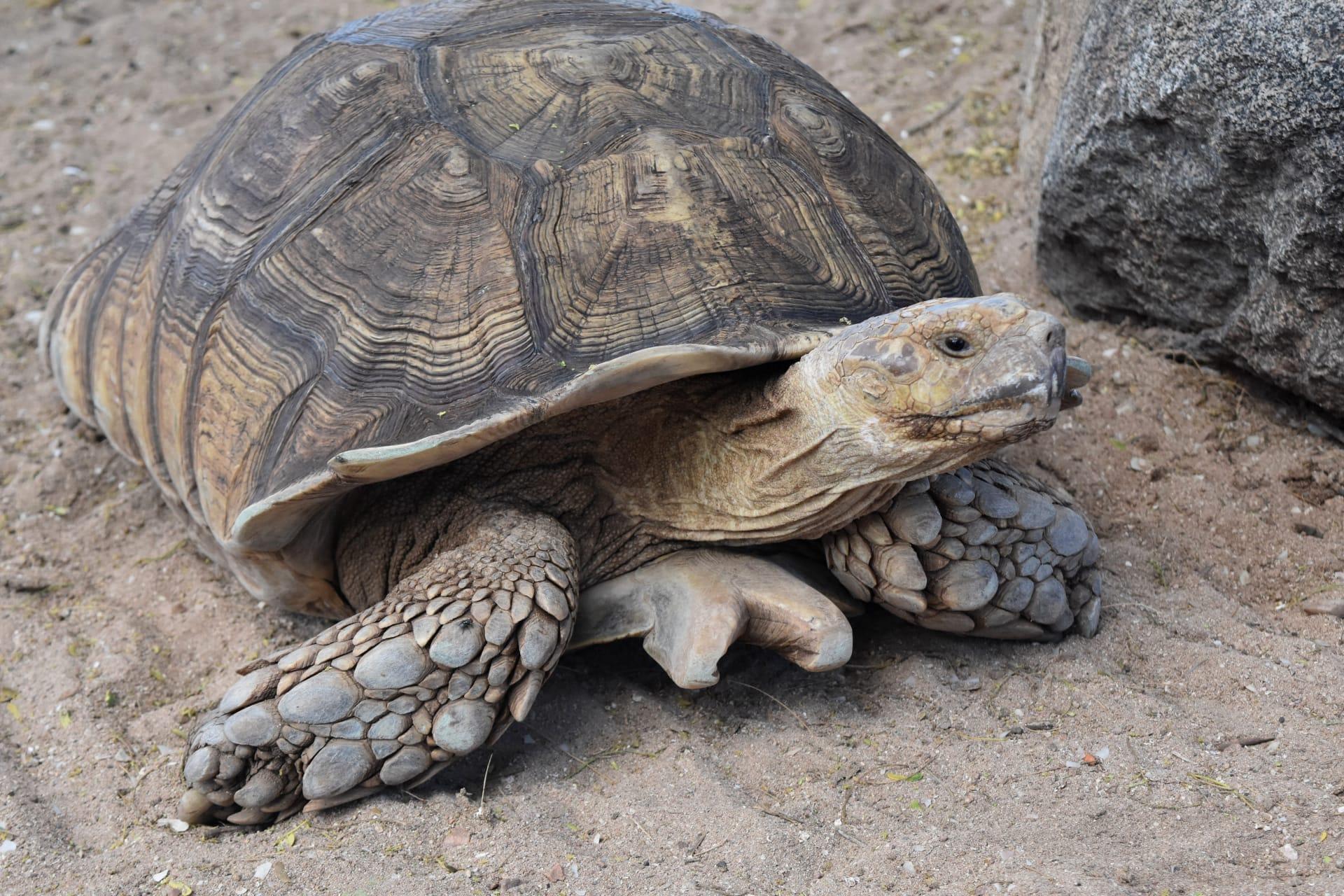1
The Galapagos tortoise, native to the Galapagos Islands, is a true giant in the world of reptiles. One of the most fascinating facts about these tortoises is their massive size. They are the largest tortoises in the world, with some individuals weighing over 900 pounds (about 408 kilograms) and measuring over 5 feet (1.5 meters) in length. This incredible size is a result of a phenomenon known as 'island gigantism', where the lack of natural predators on the islands allows them to grow to such monumental sizes.
Another intriguing aspect of the Galapagos tortoise is their remarkably long lifespan. These gentle giants are among the longest-lived vertebrates on the planet. It's not uncommon for them to live over 100 years, with the oldest recorded Galapagos tortoise reaching an age of around 170 years. This extended lifespan is attributed to their slow metabolism and a life free from the stresses of predation. This longevity allows them to play a significant role in their ecosystem for a long time, maintaining the balance of their habitat.

2
Galapagos tortoises exhibit a unique behavior known as 'mating migration'. During the mating season, males travel long distances, sometimes up to several kilometers, to find a mate. This journey is a slow and steady trek, reflecting the tortoise's overall approach to life. Once a male finds a female, the courtship process can be quite vocal, with males making deep bellowing sounds. This mating ritual is crucial for the survival of their species, especially considering their low reproductive rate.
These tortoises are not just slow movers; they're also slow growers. It takes a Galapagos tortoise about 15 to 20 years to reach full maturity. During this long growth period, their shells, which are made of bone and covered in keratin scales, continue to expand. These shells are not just for protection; they're unique to each tortoise, like a fingerprint. The shape and size of the shell can also indicate which island the tortoise is from, as different islands have tortoises with slightly varying shell shapes due to their specific environments and dietary needs.

3
Diet plays a pivotal role in the life of a Galapagos tortoise. These creatures are primarily herbivores, consuming a diet rich in cacti, grasses, leaves, and fruit. This diet is not just crucial for their survival, but also for the environment they live in. They act as seed dispersers, playing a key role in maintaining the health of their ecosystem. As they travel and defecate, they spread seeds across the islands, aiding in plant propagation and biodiversity.
The Galapagos tortoise has a unique adaptation in its neck and legs to facilitate feeding. They have evolved elongated necks and legs, allowing them to reach higher vegetation. This adaptation is particularly visible in tortoises from islands with taller plants. On islands with lower vegetation, the tortoises have shorter necks and legs. This variation demonstrates how the Galapagos tortoises have adapted to different conditions on different islands, showcasing the power of natural selection in shaping species to suit their environment.

4
One of the most striking features of Galapagos tortoises is their vocalizations. Although we often think of tortoises as silent creatures, these giants communicate through a range of sounds, especially during mating. They produce a distinct series of grunts, hisses, and bellows. These sounds play a crucial role in communication, especially during the mating season, helping males to establish dominance and attract females. The ability to vocalize adds depth to our understanding of these seemingly stoic creatures and their social interactions.
Galapagos tortoises also have a remarkable ability to survive without water for long periods. They can store water in their bodies, allowing them to go without drinking for up to a year. This adaptation is particularly beneficial during the dry season or in times of drought. Their bodies efficiently conserve and recycle water, and they can obtain moisture from the dew and the moisture-rich plants they consume. This ability to endure extreme conditions has been key to their survival on the arid Galapagos Islands.

5
Temperature regulation is vital for Galapagos tortoises, as they are ectothermic animals, relying on external sources of heat to regulate their body temperature. They bask in the sun to warm up and often wallow in mud or water to cool down. These behaviors are essential for their survival, influencing their digestion, activity level, and overall health. Observing a giant tortoise basking in the sun is a remarkable sight, showcasing their dependence on their environment for basic physiological processes.
The Galapagos tortoise has played a significant role in the field of evolutionary biology. Charles Darwin was famously inspired by the variations in the tortoises' shells from different islands during his visit to the Galapagos in 1835. This observation contributed to his theory of evolution by natural selection. The distinct shell shapes, adapted to specific environmental conditions, provided a clear example of how species adapt to their habitats. This makes the Galapagos tortoise not just a marvel of nature but also a key species in our understanding of evolution.